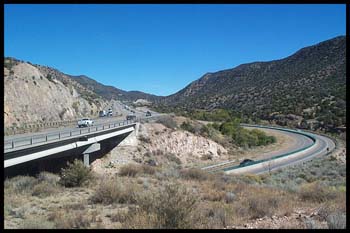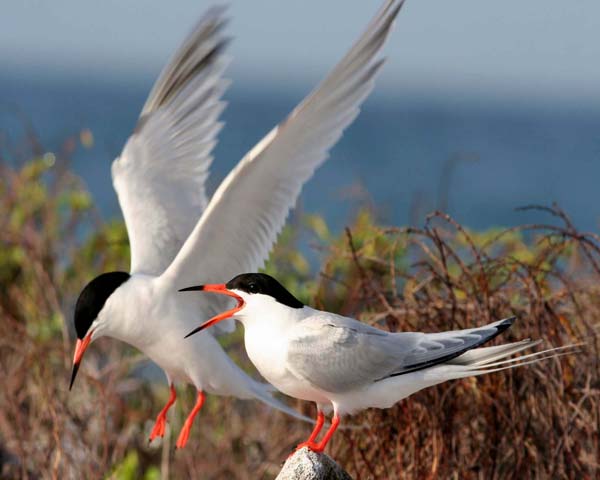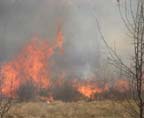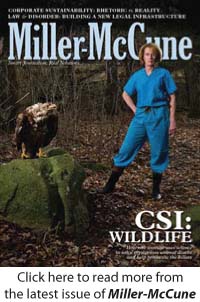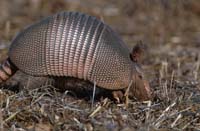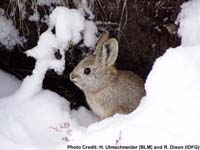 One problem with fencing off highways so that large animals don’t wander on is that exits, entering roadways, and driveways can’t be fenced off. Animals on highways cause accidents, injury, and sometimes death for both the animal and passengers in the car that hits them. Often, fencing is crossed off the list of possibilities for directing wildlife crossings because there is simply too much other pavement entering the highway that can’t be fenced.
One problem with fencing off highways so that large animals don’t wander on is that exits, entering roadways, and driveways can’t be fenced off. Animals on highways cause accidents, injury, and sometimes death for both the animal and passengers in the car that hits them. Often, fencing is crossed off the list of possibilities for directing wildlife crossings because there is simply too much other pavement entering the highway that can’t be fenced.
The California Department of Transportation is installing mats that deliver an electric shock to animals entering a highway in southern California. The stretch of Highway 101 has a problem with large animals causing accidents. The mats will be most helpful for keeping bears off the highway. The mats won’t shock cars or people wearing shoes.
Read the whole story in the San Luis Obispo Tribune.
This isn’t the first time shock mats have been used to keep wildlife off a highway. Four years ago New Mexico installed the mats as part of a whole suite of devices installed to reduce wildlife-caused accidents east of Albuquerque.
New Mexico Game & Fish press release
The most recent news on the project appears to be from The Christian Science Monitor, three years ago.
The Tijeras Canyon Safe Passage Coalition Web site looks like it hasn’t been updated since then.
Photo: Just a generic highway. No relation to the two mentioned.
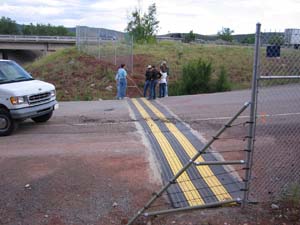 Today we’ll tackle New Mexico’s plan to reduce collisions between vehicles and wildlife on a busy skein of highways outside of its largest city. The plan included state-of-the-art technology and techniques and makes a worthy blueprint for other ambitious highway mitigation highway projects.
Today we’ll tackle New Mexico’s plan to reduce collisions between vehicles and wildlife on a busy skein of highways outside of its largest city. The plan included state-of-the-art technology and techniques and makes a worthy blueprint for other ambitious highway mitigation highway projects.
